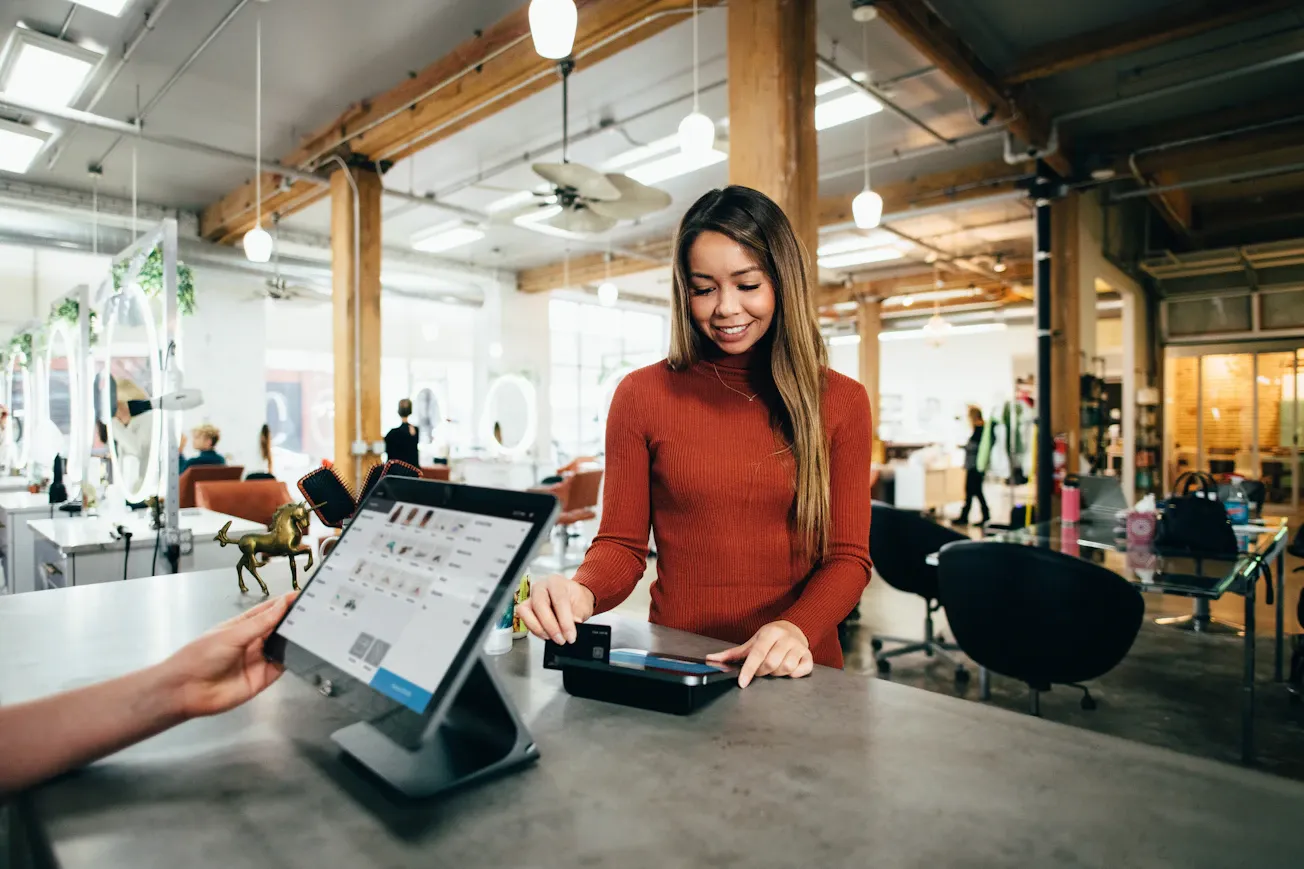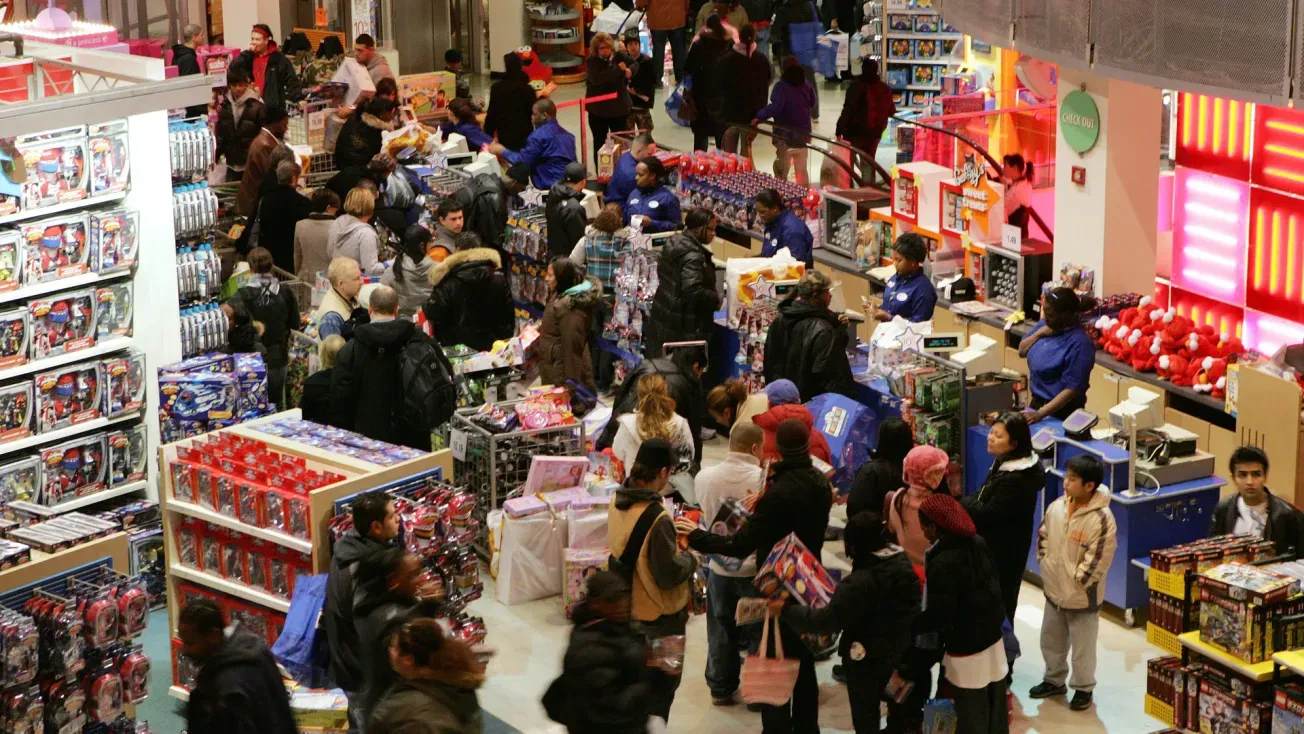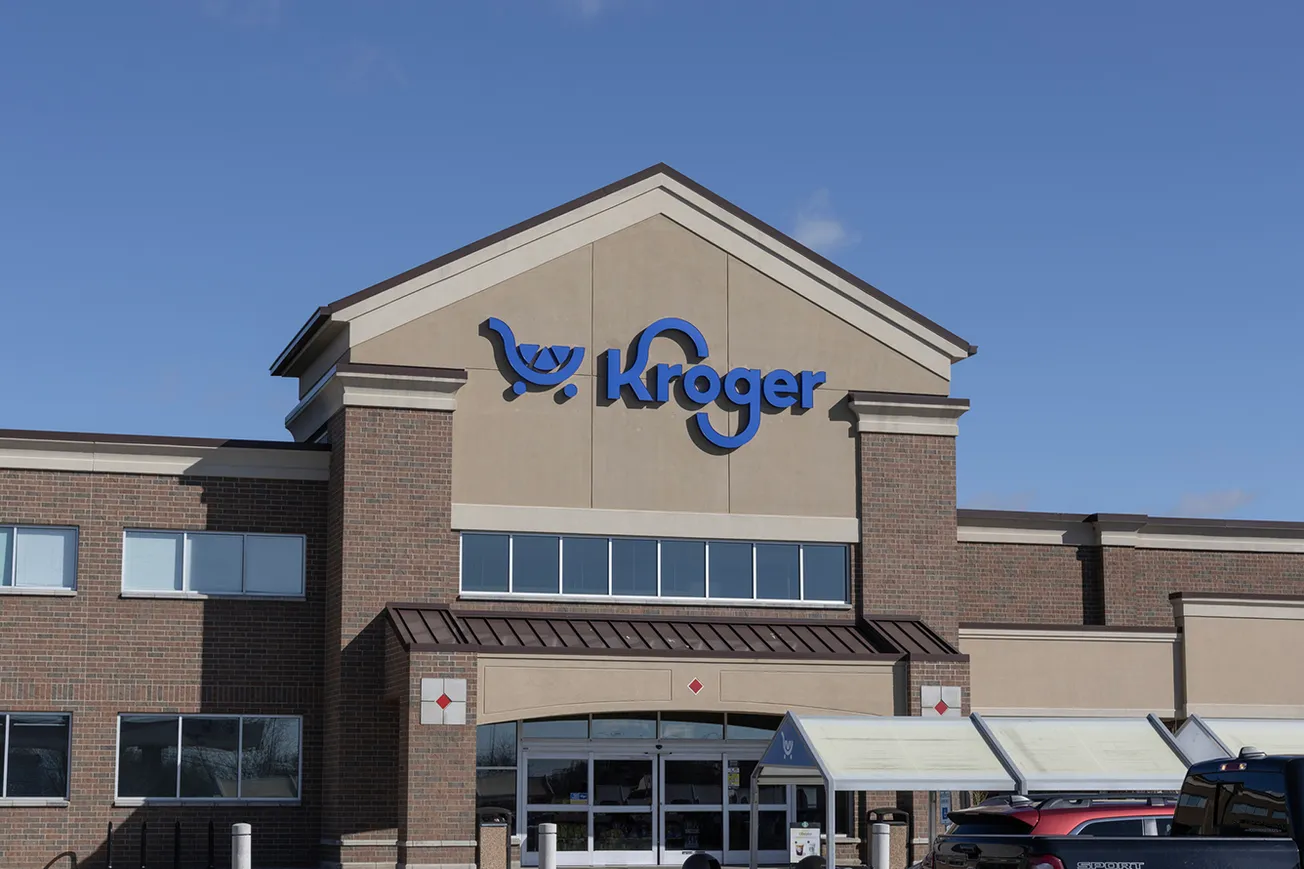The 2024 holiday season redefined online shopping, driven by an unprecedented surge in mobile transactions and the growing reliance on generative AI-powered shopping assistants. According to a report released by Adobe on January 7, 2024, U.S. consumers spent a record-breaking $241.4 billion online from November 1 to December 31—a remarkable 8.7% increase year-over-year. Adobe's insights, derived from over 1 trillion visits to U.S. retail sites and data spanning 100 million SKUs across 18 categories, highlight how technological innovation is reshaping e-commerce.
Mobile Shopping Dominates the Holiday Season
For the first time, smartphones were responsible for most online purchases, driving 54.5% of e-commerce transactions—up from 51.1% in 2023. Mobile usage peaked on Christmas Day, with 65% of online sales occurring on smaller screens. This shift demonstrates a growing consumer preference for the convenience of shopping anytime, anywhere.
"Mobile commerce hit a major milestone this holiday season, reflecting consumers' increasing comfort with shopping on their smartphones," said Vivek Pandya, lead analyst at Adobe Digital Insights.
Generative AI: The New Shopping Assistant
The report revealed a 1,300% increase in traffic to retail sites from generative AI-powered chatbots, which helped shoppers locate deals, find specific products, and receive brand recommendations. Cyber Monday saw a staggering 1,950% year-over-year growth in chatbot usage, cementing AI's role as a vital tool in holiday shopping.
An Adobe survey of 5,000 U.S. consumers showed that 70% of chatbot users found these tools enhanced their shopping experience. Key uses included finding the best deals (20%), locating specific items (19%), and receiving personalized recommendations (15%).
Competitive Discounts and High-Ticket Purchases
Retailers leaned on aggressive discounting strategies to entice price-sensitive shoppers. Electronics saw discounts peak at 30.1%, toys at 28%, and furniture/home goods at 19%, driving demand and encouraging consumers to "trade up" to premium products. The share of units sold in high-ticket categories surged; electronics rose 48%, appliances 35%, and sporting goods 54%.
Adobe's analysis showed that every 1% decrease in price resulted in a 1.029% increase in demand, adding $2.25 billion in online spending.
The Rise of 'Buy Now, Pay Later'
Flexible payment options grew in popularity, with Buy Now, Pay Later (BNPL) services driving $18.2 billion in online spending, up 9.6% year-over-year. Notably, 79.1% of BNPL purchases were made through smartphones, highlighting their importance in enabling budget-conscious shopping.
Key Takeaways for Retailers
As Adobe's report underscores, the 2024 holiday season reflects significant shifts in consumer behavior:
- Mobile-first mindset: Retailers must optimize mobile platforms to capture growing smartphone traffic.
- AI integration: Generative AI tools are becoming indispensable for enhancing user experience and driving conversions.
- Targeted promotions: Aggressive discounts and flexible payment methods are crucial for attracting and retaining customers.
"The 2024 holiday season showed that e-commerce is being reshaped by a consumer who now prefers to transact on smaller screens and lean on generative AI-powered services to shop more efficiently," said Pandya.










